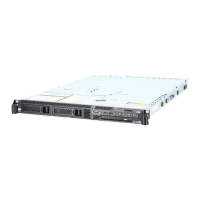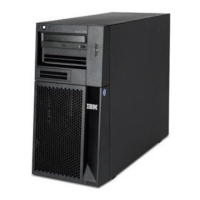Find the device unit address from the SRC. Use this information to find the
physical location of the device. Record the type and model numbers to
determine if the addressed I/O card supports this device.
Is the device given support on your system?
Yes No
↓ Go to step 11 of this procedure.
9. Perform the following:
a. Exchange the device.
b. Perform an IPL to DST (see “Dedicated Service Tools (DST)” in the iSeries
Service Functions information).
Does this correct the problem?
No Yes
↓ This ends the procedure.
10. Ask your next level of support for assistance.
This ends the procedure.
11. Perform the following:
a. Remove the device.
b. Perform an IPL to DST (see “Dedicated Service Tools (DST)” in the iSeries
Service Functions information).
Does this correct the problem?
No Yes
↓ This ends the procedure.
12. Ask your next level of support for assistance.
This ends the procedure.
SDIOP-PIP19
Introduction:
Note: Determine if the system has logical partitions. Go to “Determining if the
System Has Logical Partitions” on page 943, before continuing with this
procedure.
Note: If the system has logical partitions, perform this procedure from the logical
partition that reported the problem.
This procedure isolates the problem when the I/O card reports (during the IPL)
that the cache adapter card is not the one it had at the last power off.
You were sent to this procedure from URC 9010, 9011, or 9013.
1. Go to SST or DST to determine if any other SRCs have occurred at about the
same time as this error. If you cannot perform a type A or B IPL, perform a
type D IPL from removable media.
Have any other I/O card or device SRCs occurred at about the same time as
this error?
No Yes
SDIOP PIPs
Chapter 3. Problem Isolation Procedures (PIPs), Failing Items, and Symbolic FRU Isolation 415

